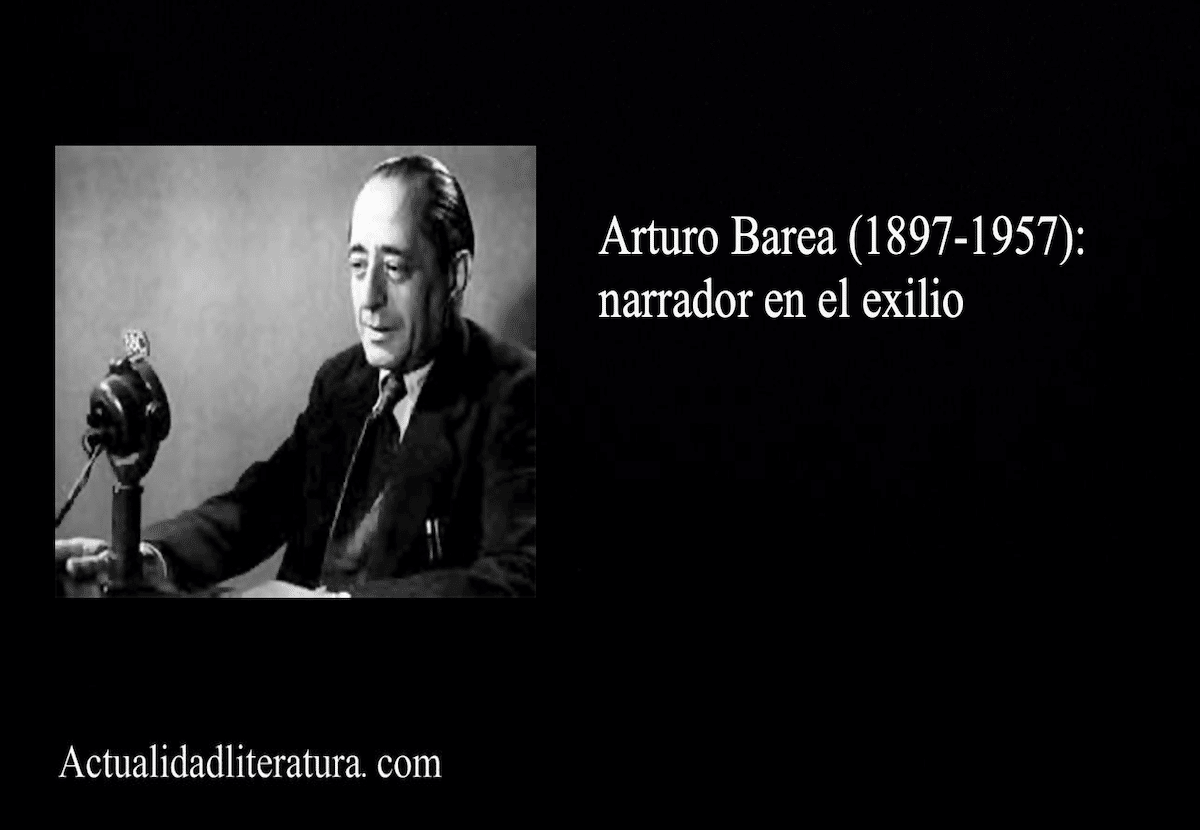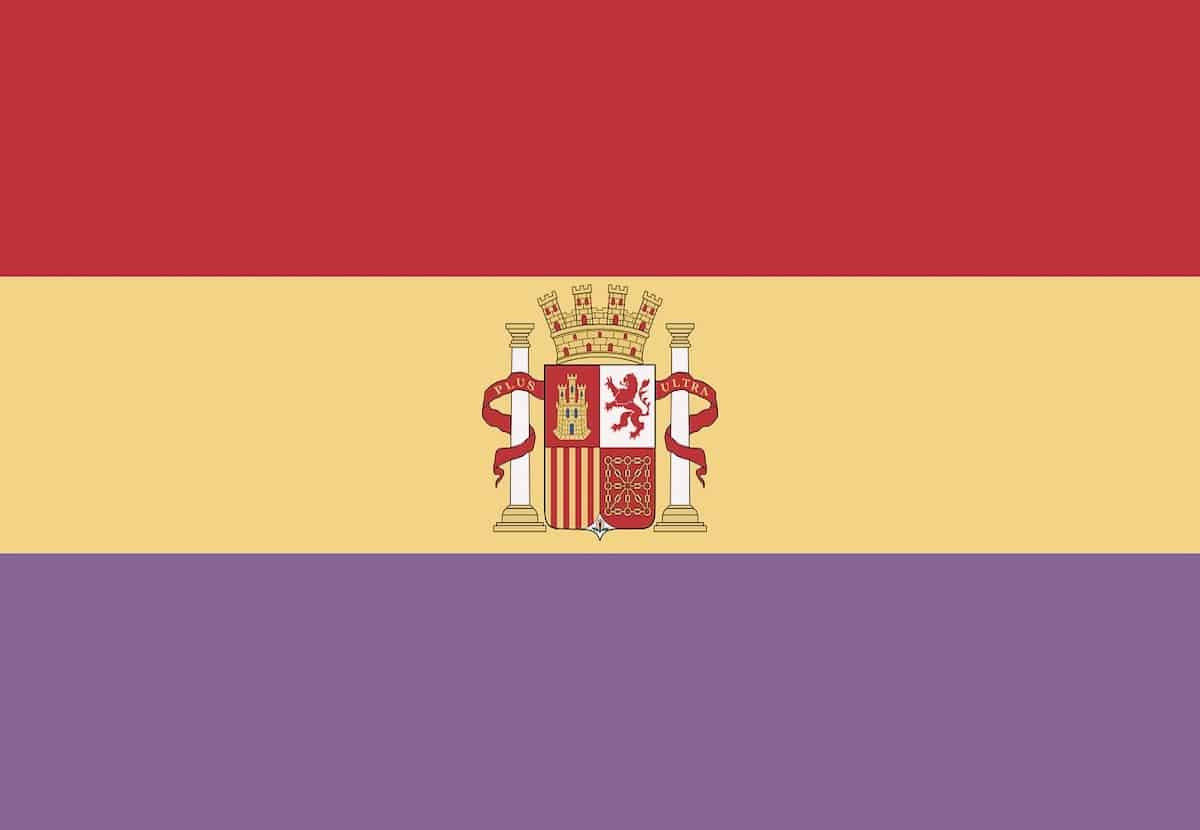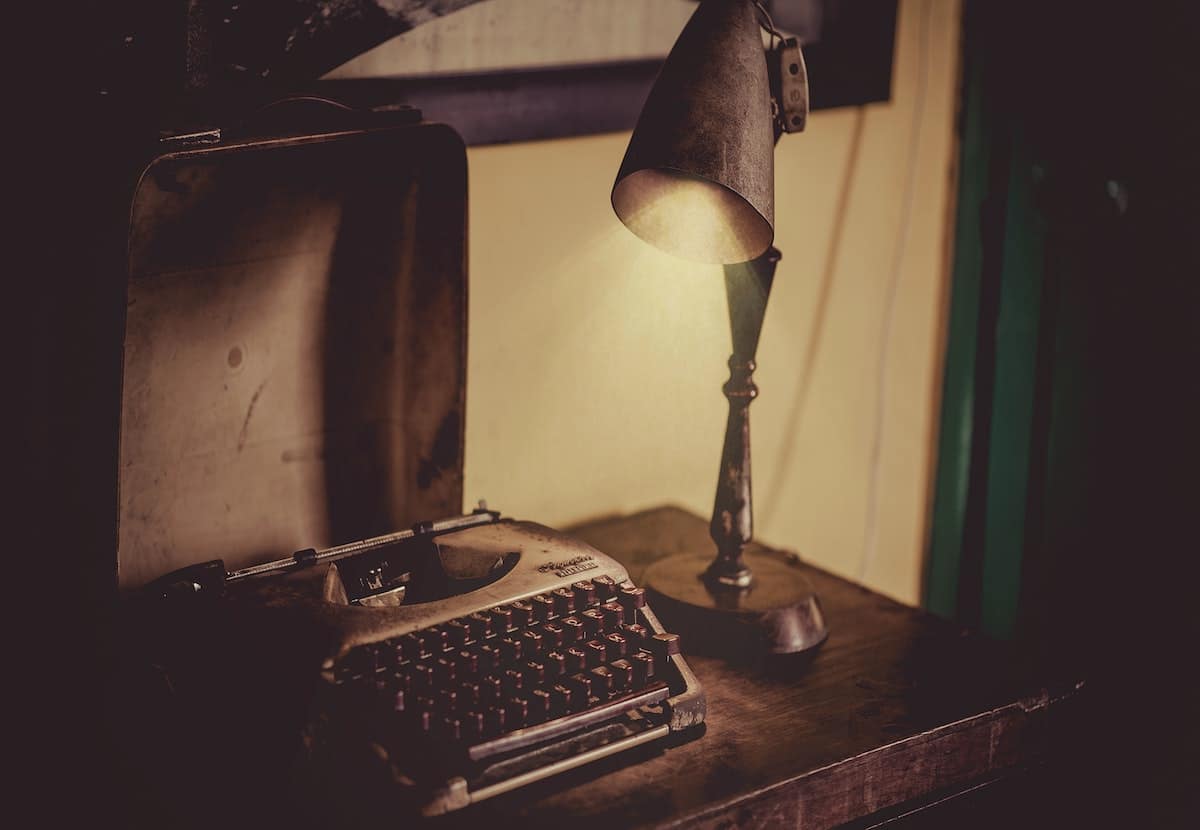
Arturo Barea Ogazón belongs to the group of representatives of the Spanish exile narrative, together with Ramón J. Sender and Max Aub. Being Barea also one of the main supporters of him. The predominant language of his work was Spanish and English. Although Spanish was his mother tongue, many of his publications first appeared in the English language because he went into exile in England.
Renowned narrator wrote mainly novels, stories and delved into the field of essay. However, he made great contributions in the journalistic and communicative world supporting political causes of leftist ideology. His best-known work is from 1946. The Forging of a Rebel (The forging of a rebel), a title that says a lot about itself, since it is a fundamentally autobiographical story. Of course, its publication in Spanish in 1951 also took place outside the Spanish borders, in Argentina.
Arturo Barea: biography
Arturo Barea was born in Badajoz in 1897. Her mother worked as a laundress and she became a widow very young. The young Bara he started working very early and learned different trades. His mother, his brothers and he moved to Madrid in search of new opportunities.
While Barea was looking for life, he was also lucky enough to be welcomed by relatives with greater resources who were able to give him an education. So He spent his childhood at Escuelas Pías De San Fernando., an institution that he had to leave at the age of 13 when the family situation became complicated again.
At the age of 23 he went to Morocco enlisted in the army where he lived through the disaster of Annual that would serve him years later to write The route. Shortly thereafter he married and had several children with his wife, although the marriage would fail.
With the arrival of the Second Republic, Barea began to attend union meetings of the UGT and in the Spanish civil war he showed his support for the republican side through leftist revolutionary propaganda because he was working at Telefónica at the time and from Madrid he would experience the conflict.
In 1938 he left Madrid. In this year he married again, this time with an Austrian, Ilse Kulcsar who would help him translate his work into English. England was the country that welcomed him after leaving Spain and there he established a communicative activity that would include literature and radio. He died of a heart attack in 1957 having obtained British nationality.

Some curiosities about the author
- Since the typewriter Barea used was English I needed to hand-mark all the accents.
- His fondness for cooking and for his delicious fried eggs was known.. In fact, a famous cook keeps the author's typewriter.
- Barea and his wife Ilse were heavy smokers. Together they worked in the same room: he writing and she translating. They made so much smoke in their working hours that the walls were black.
- Despite having dropped out of school at the age of 13, he became the outstanding writer we know and taught literature classes at Pennsylvania State College in the United States.
- In the United States he was accused of being a communist during the Cold War. However, he never said that he was a communist. Ideologically he has been described as a leftist and liberal intellectual.
- To Arturo Barea The separation from her children always weighed her down, whom she barely saw.
- Despite dying of a heart attack, in his autopsy it was discovered that he had bladder cancer.
Arturo Barea: main works

The forging of a rebel
It is a trilogy and this is his best known work. It is a long story that is highly regarded in post-war literature.. It is divided into the forge (1941) The route (1943) and The flame (1946). It is an autobiographical work in which Barea recounts his experiences before and after the war.
The first part constitutes the forging of Barea's personality, his life in Madrid before his exile; an existence full of hardships, apprenticeships and trades. The second part is his experiences in the Rif during the Spanish protectorate in the war in Morocco, as well as the chaos suffered in Annual. The third and last part focuses on the Spanish civil war, in which the author was in the capital, from where he lived through the conflict, finally going to England in 1938.
This work would not be published in Spain until 1978already in democracy. In 1990 Spanish Television offered a miniseries based on this trilogy.
Lorca, the poet and his people
It is an essay on the poet from Granada assassinated during the civil war and whose original title was published in 1944 (Lorca, Poet and his People). In 1956 it would come out in Spanish. Federico García Lorca has caused fascination for his work, but also for his early death that left Spanish culture an orphan. He is a regular character in the literature of others, especially in exile authors who seek to spread the word of reason and distance it from hatred through great characters, such as Lorca or Unamuno. Barea's work was one of the first works on Lorca, and it has had a decisive influence on authors such as Ian Gibson, one of the greatest scholars of the Andalusian poet.
Unamuno
Also essayistic work published in 1952. It is a biography of the Spanish thinker Miguel de Unamuno., an essential figure in Spanish culture, literature and war and post-war essays in these years in which the conflict that ended with Franco's dictatorship was forged. However, it took many years to get translated to Spain.
the broken root
Original title: The Broken Root (1952). This is a sincere work that reflects on exile, the consequences of war and the regret of abandoning one's own land in a resounding way.. It is a dream story of what it could have been like for Barea to return to Madrid after a brief exile. The story is that of a certain Antolín, a fictional character, who returns to the same Madrid neighborhood where Barea grew up, Lavapiés. The broken illusion and misery run through those streets where nothing is what it was. Ideology will be very present and the writer can freely portray phalanx and communism.